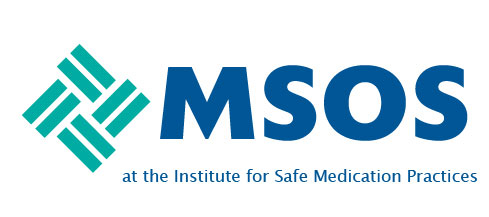Our event reporting tool is used by three principle stakeholders: Risk management, Performance Improvement, and Medication Safety. When documenting some recent events, we have become aware that the interests of these key stakeholders are sometimes at cross-purposes.
Risk management would like to see clear causation before making an assessment of harm. Their definition is quite conservative with an eye towards the legal risks and discoverability of the event review process. Their driving question tends towards, "Is our institution responsible for causing harm?"
Medication Safety tends to take a more liberal approach to classification, often viewing the event as an archetype with multiple diverging outcomes. An event with a significant contribution to a harm outcome, as opposed to direct causation, is often used to drive the underlying question, "What can we learn from this?".
PI falls somewhere in the middle, often aligned with medication safety, looking for the answer, "What can we do about this event with the resources available."
For example, a (fictional) event occurs with a hospice patient where ten times the usual opiate dose is administered. The patient's respirations slow, then cease, and the patient expires in a matter of hours.
Risk may say, "The patient was on hospice and was expected to pass away. We cannot know that the event caused the patient's demise."
Performance improvement may say, "A deviation from generally accepted practices occurred which likely contributed to, but did not alter, the patient's known outcome. While not a serious event in this case, it should be examined further for apparent causes."
Medication safety may say, "A deviation from generally accepted practices occurred which likely made a significant contribution to the patient's outcome. This deviation has been known to be serious in other cases reported in literature and should be treated as a serious event. Root causes should be investigated."
It is difficult for one tool to serve several masters. Granted, these are oversimplifications of departmental interests which are not applicable to all institutions. Assuming these stereotypes exist, how are conflicts resolved in your institution, when they do occur, between the need for event exploration and learning versus documentation that could be a liability and risk to the institution?
Is there a protected area for medication safety event classification versus the risk management documentation and categorization that is discoverable?

